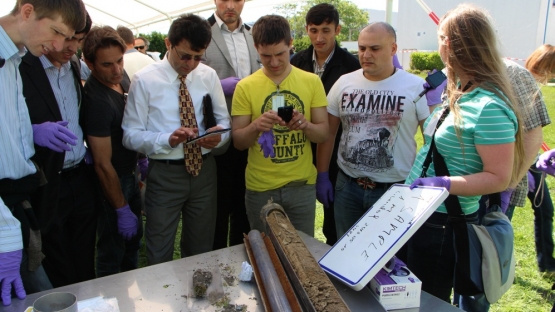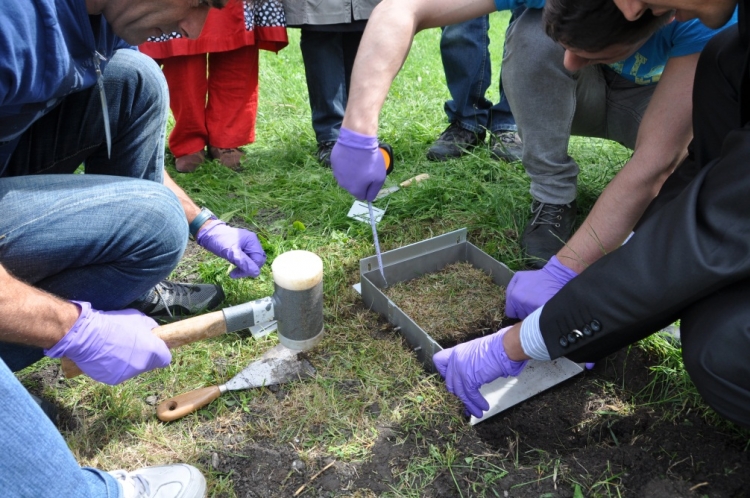Around the world, the IAEA's technical cooperation (TC) programme is helping Member States achieve their development priorities while also taking measures to protect atmospheric, terrestrial and marine environments. Nuclear technology plays a vital role in this effort.
The IAEA's technical cooperation (TC) programme supports many projects that concentrate on environmental issues and activities, such as managing air pollutants, identifying harmful algal blooms in the ocean, monitoring agricultural pollutants and reducing pesticide residues. In order for countries to be able to share and compare specific environmental information, it is necessary to take a systematic approach to improve and harmonize methodologies for the determination and monitoring of selected environmental radionuclides of regional concern.
In 2012, a TC regional project, 'Supporting Quality Assurance for the Measurement and Monitoring of Radioactivity in the Environment' (RER/0/033), was initiated. It aimed to improve quality assurance for the measurement and monitoring of radioactivity in the environment, in accordance with ISO 17025, the international standard for the competence of testing and calibration laboratories. This two year project provides training for specialists from across the European region, as well as providing expertise on the use of standardised measurement procedures, improving the comparability of measurement results related to environmental radioactivity. This is mainly addressed through workshops and training courses.




